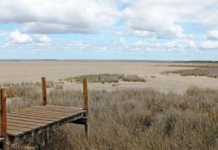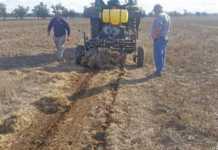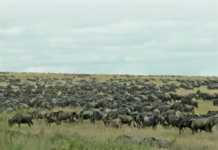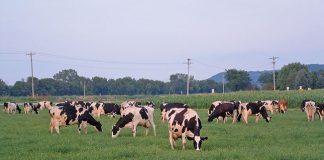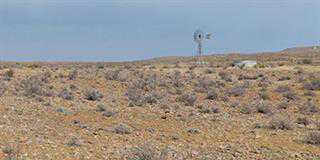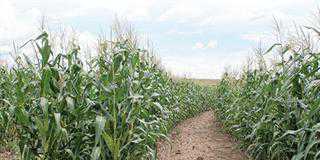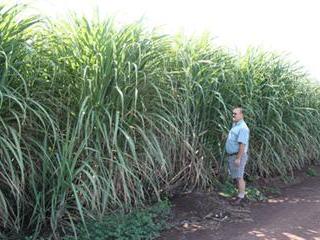
Soil is only a medium to hold up plants. We will feed them”. Many readers of this column who were active farmers in the 1970s and 1980s will recall agronomists making this ludicrous claim at farmers’ days back then.
Not only was the role that the soil ecosystem plays in feeding plants totally ignored, but, in the majority of cases, “we’ll feed the plants” became a matter of merely applying nitrogen (N), phosphorus (P) and potassium (K). This is known today as the NPK approach to plant nutrition.
Fortunately, a degree of sanity has returned to the sector. More farmers are adopting practices which nurture the soil ecosystem. This is being coupled with a balanced approach to plant nutrition, in which macro- and micro-minerals are applied at rates determined by detailed soil sample analyses.
Silicon, applied in the form of silica, is one mineral that’s been left out in the cold. Most soil labs don’t analyse it and farmers hardly ever knowingly apply it. (Some limes are rich in silica). Yet silicon is a mineral that plays a significant role in plant health and production.
STRONGER CELLS
Jan Meyer, who formerly headed up the South African Sugarcane Research Institute at Mount Edgecombe, was one of the first agronomists in South Africa to recognise the important role silicon plays in crop production. In 2005, he presented research done on controlling the damage done by Eldana to sugar cane by applying silica to the soil. Eldana is a grub that hatches out of an egg laid on a cane leaf. It bores a hole through the hard outer stem of the plant to reach the energy-rich soft inner stem pith where it feeds before it pupates. This, of course, reduces cane yields.
Silicon creates strong cell walls. In this way stalk strength is ensured, meaning greater resistance to the Eldana larvae. When soil silicon levels are good, Eldana damage is greatly curtailed. Hugh Lovel, an Australian biodynamic farmer and consultant,FAIRhas added a dimension to the accepted fact that boron is responsible for plant calcium uptake. In what he describes as the “biochemical sequence”, boron primes the pump which buoys calcium. In this analogy, silica is the actual “pump” that lifts calcium into the plant.
As regular readers of this column will know, calcium is required in far greater quantities than any other mineral in plant production. Most other minerals ride on its back, so to speak, as it moves into the plant.
Thus, when silicon is in short supply, the “pump” won’t operate at full efficiency and plants won’t get all the nutrients they need.
APPLICATION
I have a colourful classroom periodic table. The icon for silicon on this chart is a glass jug. Glass is made from sand, which consists of silica: silicon joined with carbon and oxygen. Needless to say, it’s insoluble in water. But the soil ecosystem’s microbes can set silicon free for use by plants. Words from farmer and author of The Biological Farmer, Gary Zimmer, spring to mind: “If you kill off the soil critters, you’ll have to do their work”.
Yes, if you destroy the soil ecosystem you’ll have to find out what silicon products are available, order the least expensive and apply them. What a waste of time and money!Most soils have an abundant supply of silica. Get your unpaid underground workers to convert it to silicon. Then avoid applying nitrogen that flushes silicon out of the soil, which is one reason why Eldana damage is associated with high levels of nitrogen application.
• John Fair is a leading expert on pastures and founder and head of the SA Biofarm Institute in Harrismith. Contact John at [email protected]. Please state “Biological farming” in the subject line of your email.

